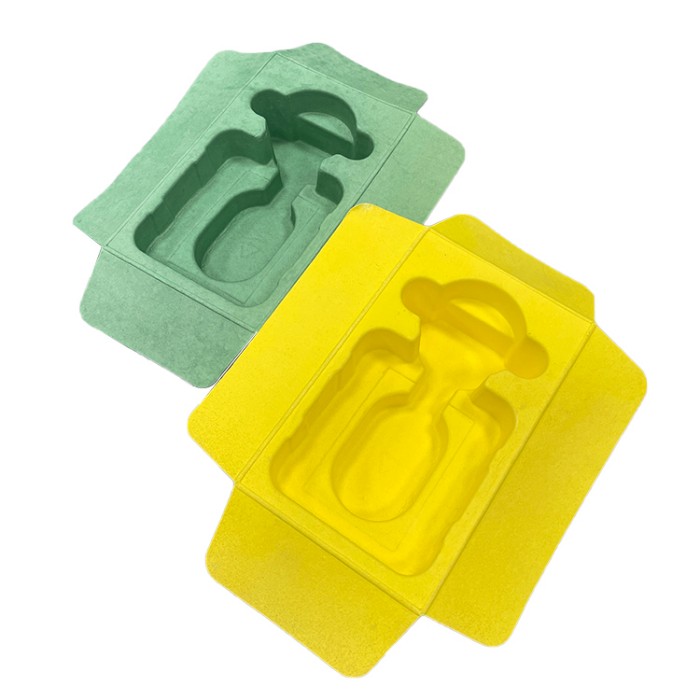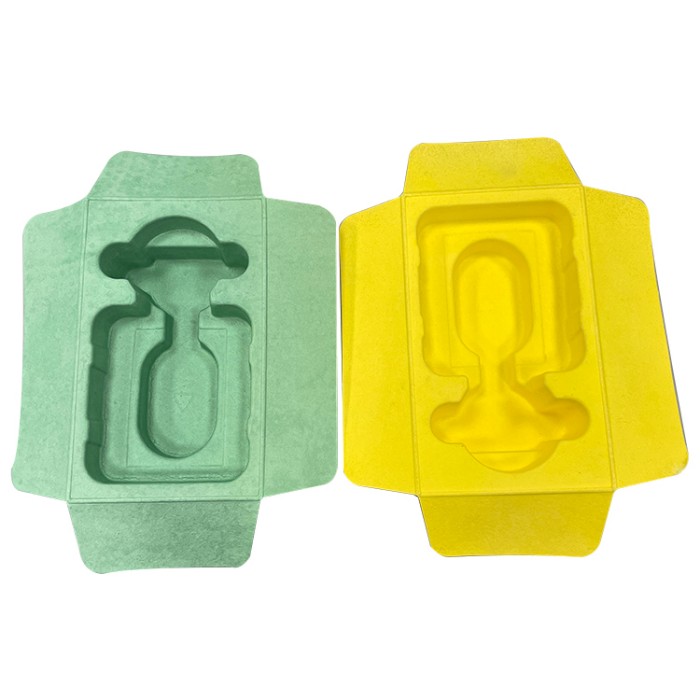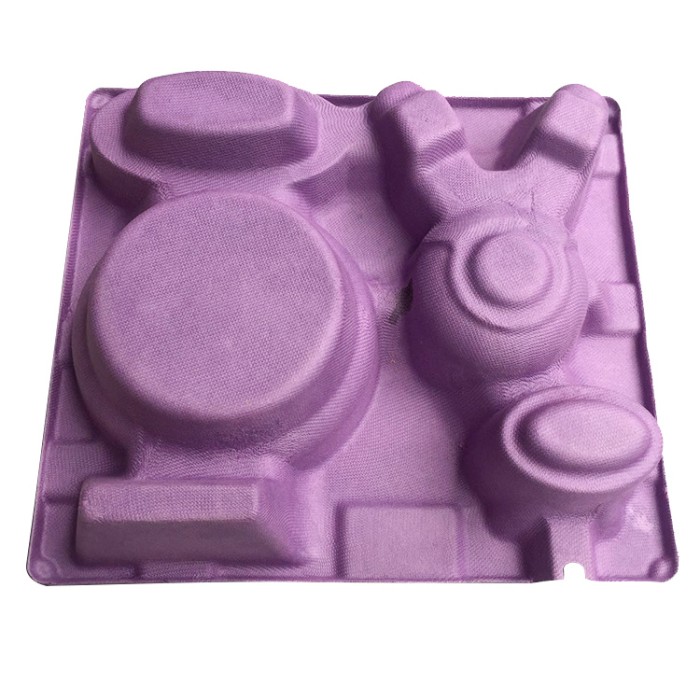As global awareness of environmental protection grows, green packaging has become the benchmark for various industries. Emerging as a leading eco-friendly packaging solution, pulp molding is rapidly gaining market traction due to its use of renewable plant fibers. Not only does it align with national green living initiatives, but it also meets consumers’ growing demand for sustainable development. In this context, pulp molding technology is continuously evolving, driving transformation across the industry.

The Rise of Pulp Molding: Market Overview
Pulp molding technology utilizes plant fibers, such as bagasse, bamboo pulp, and straw, to create a slurry that is molded into diverse packaging products through vacuum forming. As this material is both biodegradable and recyclable, demand for molded fiber packaging has surged in recent years. According to industry reports, the global molded fiber packaging market is projected to grow from $4.9 billion in 2023 to $7 billion by 2032, with a compound annual growth rate (CAGR) of 4.5%. Several key factors are driving this growth:
1. Advances in environmental regulations: Globally, many countries and regions have introduced restrictions on single-use plastics. The European Union and China, in particular, have enacted strict bans on plastic products, accelerating the adoption of biodegradable packaging solutions.
2. Shifts in consumer awareness: Consumers are increasingly prioritizing the environmental attributes of products. In industries such as food, healthcare, and electronics, green packaging has become essential for companies to build brand image and capture market share.
3. Technological advancements: Ongoing improvements in pulp molding technology have expanded its product strength, durability, and range of applications.

Key Advantages of Pulp Molding Packaging
1. High performance, low-cost eco-friendly option
Pulp molding products are particularly suited for the production of high-strength, three-dimensional items, such as food containers, electronic product cushioning, and industrial trays. Compared to traditional plastic packaging, fiber molding offers superior environmental and physical performance. For instance, in the food packaging sector,fiber molding is a safer and more eco-friendly alternative to aluminum or plastic. By adding waterproof and oil-resistant coatings to the surface, pulp molding products deliver enhanced durability and can prevent leakage, all while keeping costs lower.
2. Bamboo fiber: A superior new green material
Among the raw materials for pulp molding, bamboo fiber stands out. Compared to conventional wood pulp, bamboo fiber offers superior mechanical properties, combining the toughness of softwood pulp with the flexibility of hardwood pulp. Its hollow structure and high cellulose content give molded pulp products enhanced strength and rigidity, making it an excellent material for shockproof and pressure-resistant applications. Bamboo fiber is not only an excellent replacement for traditional materials but also paves the way for future innovations in sustainable packaging.
3. Environmental benefits: Biodegradable and recyclable
The greatest advantage of molded pulp lies in its environmental benefits. As a plant-based material, pulp molding products can decompose under natural conditions, significantly reducing the environmental burden of waste. Moreover, these products can be recycled and repurposed for use in other industries or packaging applications. This high recyclability provides a major edge in markets with strict plastic regulations, such as the European Union, where pulp molding has significant competitive advantages.
4. Cost and tax benefits
In many countries, biodegradable mold pulp packaging materials benefit from tax incentives, while traditional plastic products are subject to high environmental taxes. Molded paper pulp products have emerged as a more cost-effective alternative to plastics in production and market promotion. As domestic technology advances, the production process for pulp molding is becoming more efficient, and its costs have stabilized, reaching parity with or even undercutting the cost of foam plastic products. This makes pulp molding a critical player in the transition away from plastic packaging.

Future Outlook for Pulp Molding Packaging: Trends and Challenges
In the coming years, with further technological advancements, the applications of pulp molding packaging are expected to expand significantly. Particularly in sectors such as food packaging, electronics packaging, and medical supplies, the market potential is vast. Furthermore, with the integration of 3D printing technology into pulp molding processes, personalized, customized eco-friendly packaging is set to become more widespread.However, the development of the pulp molding industry also faces certain challenges. These include the optimization of production processes, securing a stable supply of raw materials, and improving molding accuracy for more complex designs. Nevertheless, given its unique environmental benefits, the future of pulp molding packaging is promising. It is well-positioned to play a crucial role in the global movement toward green packaging.

